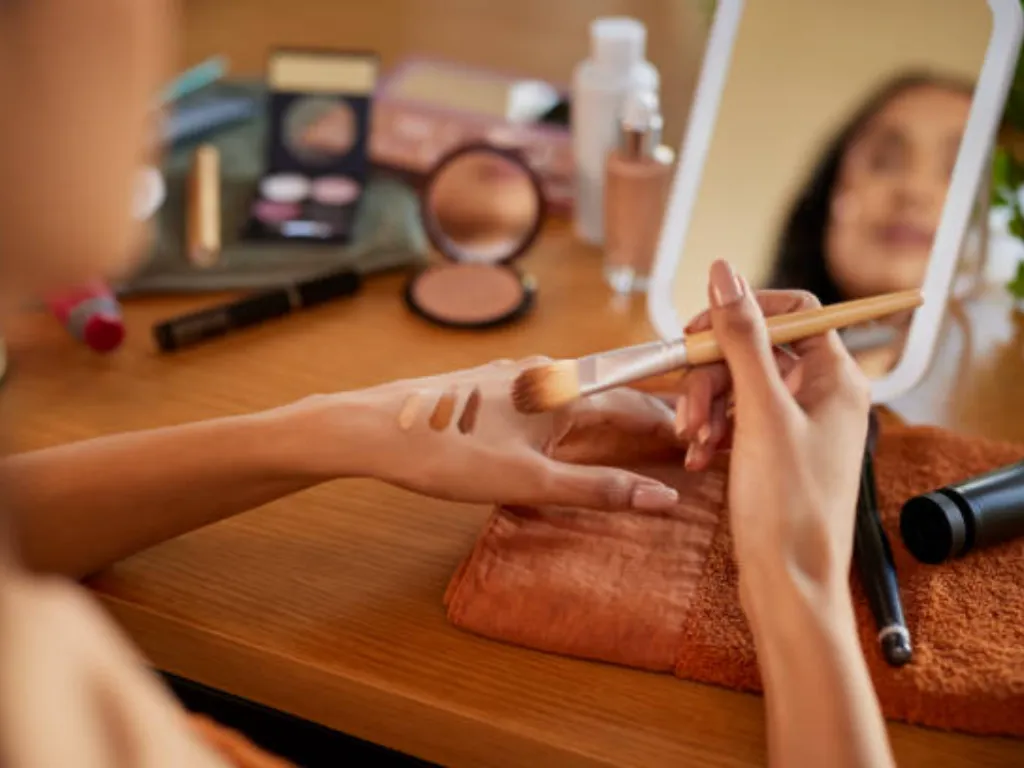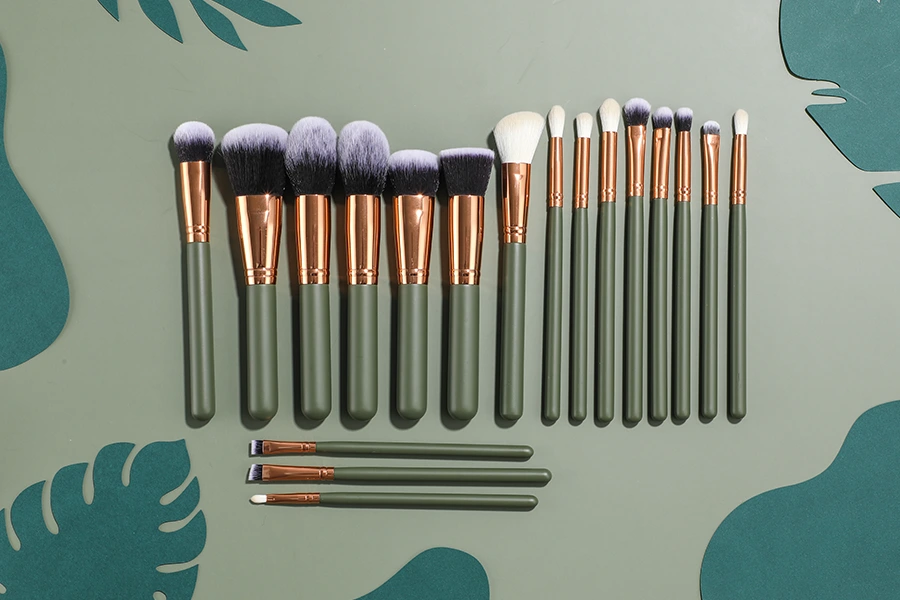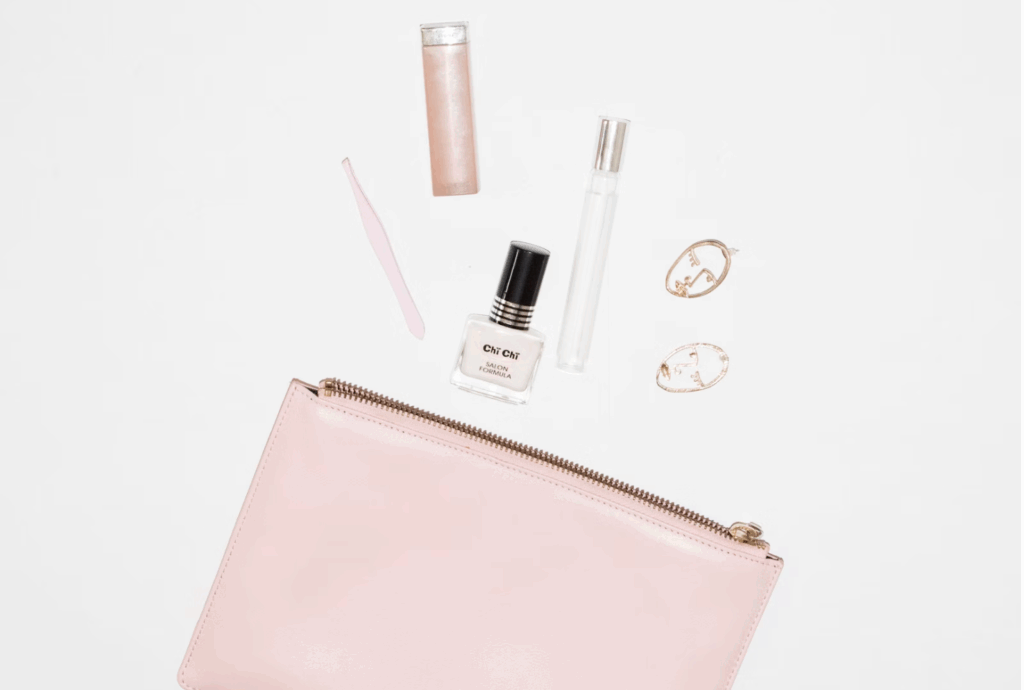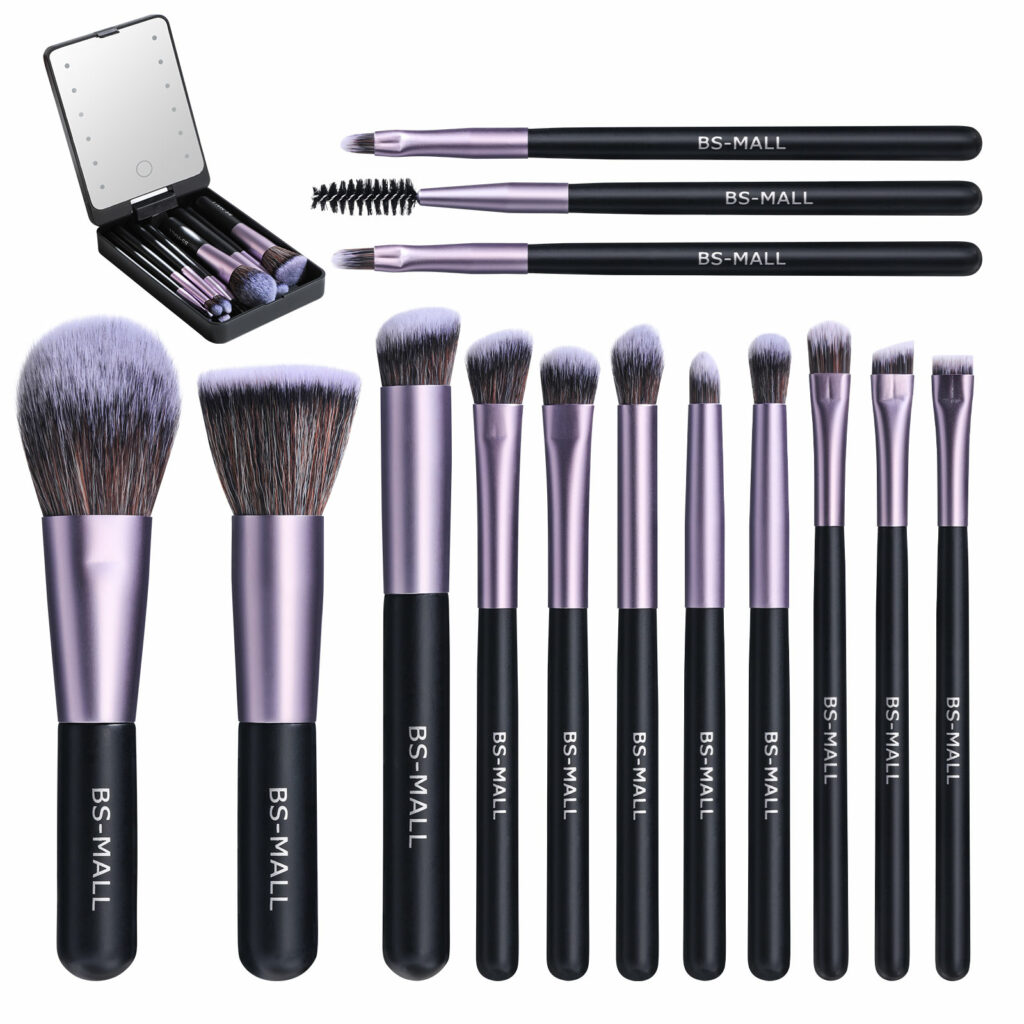
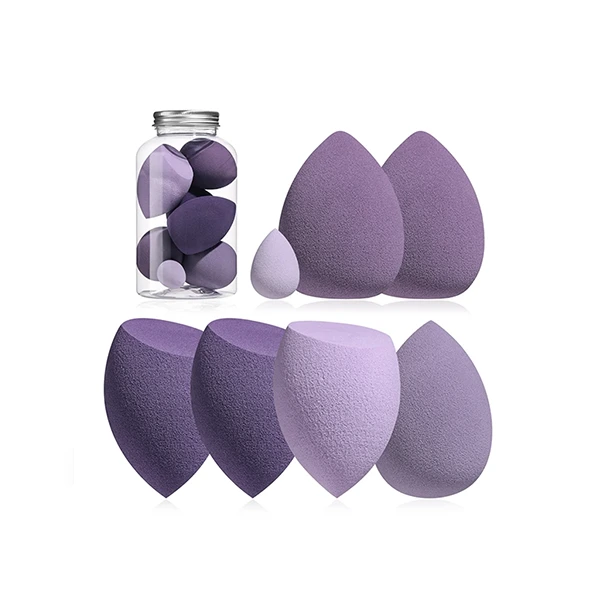
Choosing between a makeup sponge and beauty brush can be a daunting task, especially if you have different skin types. Both tools have their advantages and disadvantages, and picking the right one can make a significant difference in your makeup routine. In this article, we will explore which makeup tool works best for specific skin types.
For Acne-Prone Skin
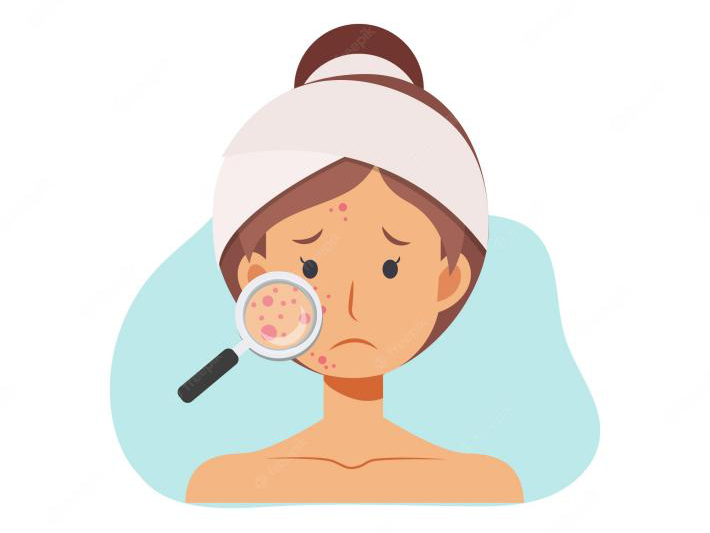
Source: https://www.freepik.com
When it comes to cleansing acne-prone skin, the choice between using a beauty sponge or a brush may depend on the severity of your acne.
Sponges are generally softer and more gentle on the skin than brushes, making them a good choice for those with sensitive or inflamed acne. They can also be more hygienic as they can be easily replaced after a few uses.
Here are some tips for using makeup sponges effectively:
- Wet your sponge before use: Wet your sponge and squeeze out the excess water before dipping it into your makeup.
- Apply foundation: Use your sponge to apply foundation evenly on your face. Dab the sponge onto your skin and blend it out in circular motions.
- Blend concealer: Use the pointed end of your sponge to blend concealer under your eyes, around your nose, or anywhere you need coverage.
- Apply powder: Use your sponge to apply loose or pressed powder on your face. Dab the sponge onto your skin and blend it out.
For Oily Skin
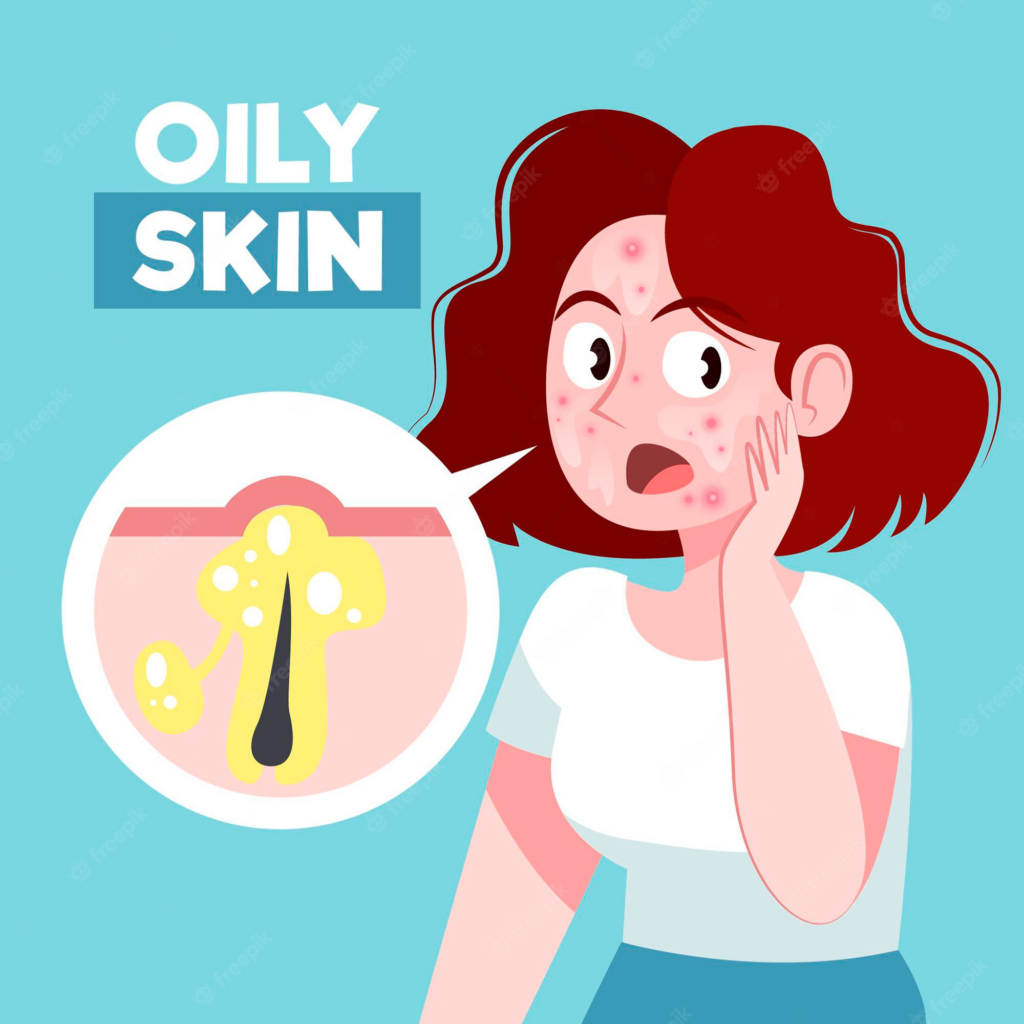
Source: https://www.freepik.com
Compared with makeup blenders, makeup brushes can be more effective at applying makeup on oily skin as it can help to create a more even and controlled application, which can be beneficial when working with oily skin.
When doing makeup on oily skin with brushes, it’s important to pay attention to the following things:
- Clean Your Makeup Brushes: Make sure your brushes are clean before using them. Use a brush cleaner or mild shampoo to clean your brushes regularly.
- Use Synthetic Brushes: Use synthetic brushes instead of natural hair brushes, as synthetic brushes are less likely to absorb oil and bacteria. They’re also easier to clean and dry faster.
- Use a Light Hand: When applying makeup, use a light hand to avoid pressing excess oil into your skin. Be gentle when blending and use tapping motions instead of rubbing.
- Use Powder Products: Use powder products as much as possible, including eyeshadows and blush. Powder products are less likely to add excess oil to your skin and can help control shine.
- Blot Brushes: Blot your brushes on a clean tissue or paper towel to remove excess oil before using them. This will help prevent oil buildup on your brushes and keep them clean.
For Dry Skin

Source: https://skinkraft.com
When applying makeup on dry skin, both brushes and sponges are effective options. Nevertheless, sponges can be an excellent alternative for dry skin due to their moisturizing qualities.
There are a few things that we need to pay attention to when applying makeup on dry skin with sponges.
- Dampen Your Sponge: Dampen your sponge with water or a hydrating mist before applying makeup. This will help to add moisture to your skin and prevent your makeup from looking dry.
- Tap, Don’t Rub: Use your sponge to tap your makeup onto your skin instead of rubbing it. This will help to blend your makeup seamlessly into your skin, creating a natural-looking finish.
- Use the Pointed End: Use the pointed end of your sponge to apply makeup to hard-to-reach areas, such as around your nose and eyes.
Conclusion

Source: https://www.listland.com
In conclusion, whether to use a makeup sponge or brush depends on your skin type and personal preference. While sponges may work better for acne-prone skin or dry skin, brushes may be more suitable for oily skin. Experiment with both makeup tools to find the one that works best for your skin and helps you achieve your desired makeup look.














